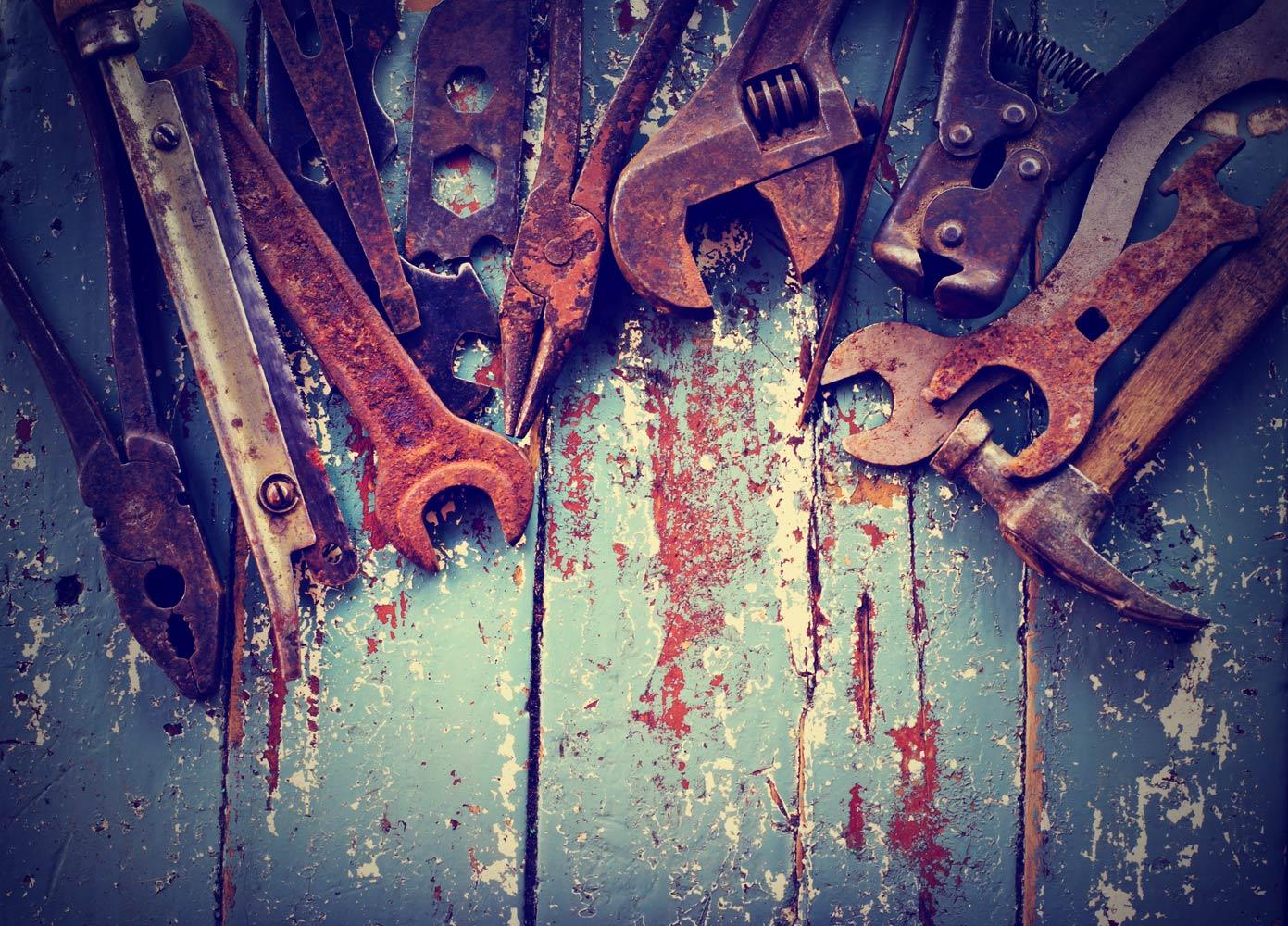
5th Grade-Famous Inventors Lesson
by Mr. Cambambia
TEKS-5.23B, 5.23D, 5.25D
Thomas Edison-Early Life
As a young man, Tom set up a lab of his own, where he could try out his ideas. He invented lots of things in his laboratory. Guess what his favorite invention was? It was the phonograph. Before the phonograph, if you wanted to hear music, you had to play it yourself or go to a concert.
Accomplishments
Edison's most famous invention was the light bulb. At the time, people used gas or oil lamps to light their homes. Edison knew it would be cheaper and easier to use electricity. The trouble was, nobody knew how to do it. Edison worked on his idea a long time. He tried many things that didn't work. But he didn't give up. He kept trying until one day it worked! Today, you can flip a switch and have light any time you want it.
Edison also built the first electric power plant. Edison's Pearl Street Power Station opened in 1882 in New York City. It sent electricity to 85 customers and made enough power to light 5,000 lamps.
Edison also invented the movie camera. When you go to the movies or watch TV, you can thank him for his ideas and hard work. Many of the electric machines you see at home or at school came from his ideas.
Inventing things was what Edison liked best. He thought about how things worked. Then he thought about how he could do it better. That is called inspiration. The hard part came next. Edison had to make his ideas work. He tried all kinds of things until he found exactly what would work. He called that perspiration. He said that invention was “one percent inspiration and ninety-nine percent perspiration.”
Edison's Patent for the Electric Light Bulb (Primary Source)
What do you notice about this primary source document?
How important is this invention to you?
What would your life be like without it?
In what way would it have changed the lives of people when it was invented?
What is a Patent?
What is a Primary Source?
Alexander Graham Bell
Life
Alexander Graham Bell (1847-1922) was born in Scotland and moved to Boston in 1872 to open a school for teachers of the deaf. He became a U.S. citizen in 1882. His early experiments included ways to improve and use telegraphy. The telegraph conveyed messages through a system of electrical sounds that, when decoded, could be translated into words. It was dependent on skilled technicians and never became a home appliance. Rather, it required you to go to a telegraph office to send or receive a message, or perhaps a messenger did this for you. Bell wanted to invent something revolutionary: to transmit not only the sound of the human voice, but audible words. With the telephone, Bell wrote in 1878, "It is possible to connect every man's house, office, or factory with a central station, so as to give him direct communication with his neighbors."
Bell's original drawing of the telephone.
Bell's telephone patent drawing and oath
1894 Cracraft Leich phone
What do you notice about the two primary source documents that are displayed side by side?
What can you conclude?
How are they different?
How are they alike?
What similarities are there between the two inventors?
What life’s lesson can we learn from both men?
Research Project
Henry Ford
Benjamin Franklin
Eli Whitney
George Washington Carver
Johannes Gutenberg
Samuel Morse
Tim Berners-Lee
Willem J. Kolff
The Wright Brothers
2. Fill out the 2 Research Handout. (Image Above)
3. Start Making your own Smore Website on 2 Famous Inventors. Using the Research Handout Information.
4. Watch the 'What is a Primary Source?" Video Above and fill out a 3-2-1 Handout.
THIS WILL BE ALL DUE ON FRIDAY- May 15, 2015.
Due on Friday:
- 3-2-1 on "What is a Primary Source?" Video
- My Research Handout for 2 Inventors
- Smore Website on 2 Famous Inventors








